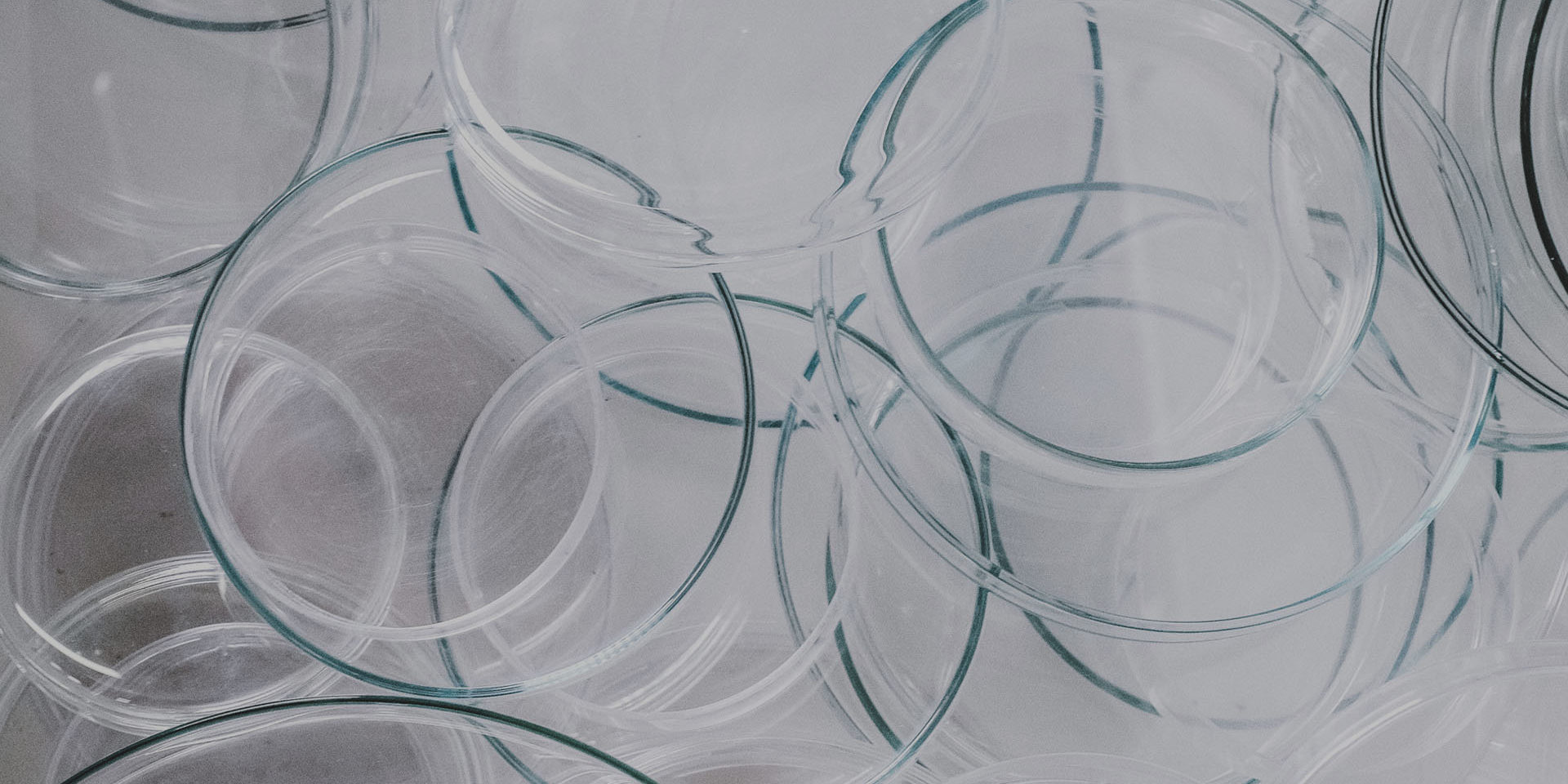Cryo EM training to help expand structural breakthroughs in Brazil
Purchasing a cryo-transmission electron microscope (cryo-TEM) can be a big decision, but usually it’s just the first step. Equally important is the cryo-EM training required to operate and maintain these instruments as organizations move ahead with their research.
That was the challenge facing the Brazilian Nanotechnology National Laboratory (LNNano), part of the Brazilian Center for Research in Energy and Materials (CNPEM), a social organization supervised by the Brazilian Ministry of Science.
In the last four years, LNNano brought a Thermo Scientific Talos Arctica Cryo-TEM and a Thermo Scientific Krios Cryo-TEM into the lab to give its structural biologists the high-resolution data needed to identify a wider range of viruses and protein complexes. Organizational leaders knew that cryo-EM training would be essential if they were to put these high-end instruments to immediate use.
“There were no other options for cryo-EM in Brazil, and we knew we couldn’t be the bottleneck,” said Rodrigo Portugal, researcher and head of the cryo-EM facility at LNNano. “We were the first to bring high-resolution single particle analysis to Brazil, and our objective from the beginning was to offer this service as quickly as possible.”
Training personnel before the cryo-TEM delivery
With cryo-EM being a new specialty in Brazil, relying on outside experts wasn’t an option. Instead, LNNano needed to teach its own researchers how to operate these instruments, while training service providers on how to maintain them. “From the beginning, we knew that going for a new infrastructure would require much more than deploying the equipment,” said Portugal. “We needed to establish a team effort between Thermo Fisher Scientific and LNNano to reduce the learning curve so we could quickly produce results.”

As part of its purchase of two cryo-TEMs, the Brazilian Nanotechnology National Laboratory (LNNano) worked with Thermo Fisher Scientific to accelerate productivity and maximize use of these high-end instruments.
To meet these needs, LNNano worked with Thermo Fisher to train personnel even before the instruments were delivered. The program involved sending a LNNano cryo-EM specialist to Thermo Fisher’s Portland-based demo center to take a custom four-week cryo-EM training. It also involved training a third-party service engineer in the Netherlands on how to maintain these instruments. “These two things created the minimum knowledge we needed to operate and maintain the instruments once they were installed,” said Portugal.
Preparing for results and launching research with onsite training
After the cryo-TEMs were delivered, LNNano enlisted Thermo Fisher to provide onsite training for two weeks at a time focused on solving specific problems. “So, if the researcher needed to know the best way to use the equipment to determine the structure of a challenging small protein, the specialist would help solve that problem,” Portugal said. “Two people working closely together for 10 days provided a very rich learning experience.”
Portugal said the training package shortened the learning curve, while helping researchers come up to speed more quickly. Today, both internal and external researchers are using the Talos Arctica and Krios Cryo-TEMs for a wide range of structural biology and soft materials projects. They are also publishing their critical findings—from building an atomic model for the human septin hexamer to capturing the cryo-EM structure of the mature and infective Mayaro virus. Most recently, LNNano has published two pieces of research on the human gut. Learn more here and here.
“Allowing our team to be trained with real-world samples has made all the difference,” said Portugal. “From the onset, we saw this as a package—and this has been a successful approach.”
Learn more about Thermo Fisher’s cryo-TEM service and support programs here.
Lynette Brown is a Services Marketing Manager at Thermo Fisher Scientific.


